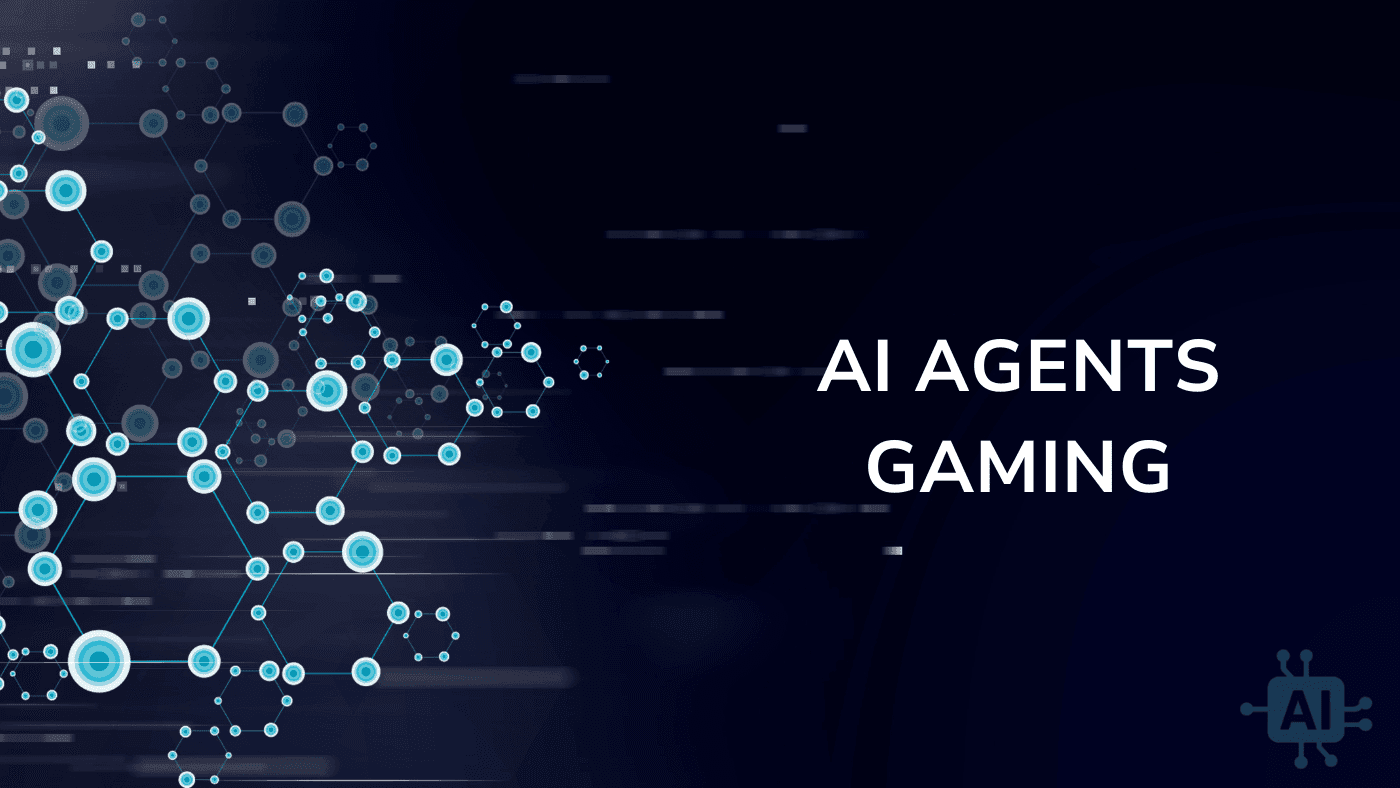AI Agents in Gaming
Video games have always pushed the limits of technology, and artificial intelligence is no exception. From the first AI-powered game Nim in 1951 to today’s complex simulations, AI agents have shaped how games are played, designed, and experienced. They don’t just power smarter enemies — they drive entire virtual worlds, player analytics, and new ways to make games more engaging.
What Are AI Agents in Gaming?
AI agents are autonomous entities in games that act with purpose. They analyze their environment, choose tasks, and pursue defined goals. Sometimes they serve the player, other times they compete against them.
AI research and gaming have long been connected. Nim was the first AI game, but now we see agents that control NPCs, manage simulations, or act as direct competitors to human players.
How AI Agents Work in Games
Inside a game, AI agents operate within rules and objectives. They may be designed as players, NPCs, or entire simulated systems. Using training data and algorithms, these agents make decisions in real time.
For example, an AI opponent might study player strategies, adapt tactics mid-match, and push for victory. Another AI system could simulate hundreds of characters in a virtual city, each acting with its own routine and purpose.
Why AI Agents Matter in Gaming
AI agents make gameplay more dynamic. They create competition that feels alive, whether through smart rivals or adaptive difficulty. They also power simulations that bring worlds to life, from realistic physics to believable crowd behavior.
Benefits include:
- Smarter NPC interactions.
- Endless replay value with adaptive strategies.
- Balanced competition that challenges without frustrating.
- Realistic scenarios for training and storytelling.
AI agents turn static games into interactive ecosystems where every decision matters.
The Future of AI in Gaming
The future of AI agents in gaming goes far beyond NPCs or adaptive difficulty. Game development itself is being reshaped. One of the biggest challenges developers face is understanding player behavior. Traditional analytics tools depend on static dashboards and manual queries. Insights take days, often arriving too late to solve core problems.
AI agents change this. They can automate analysis of player engagement, monetization, and churn risk in real time. Developers no longer need to guess why players leave or which levels frustrate them. AI agents highlight patterns instantly and suggest fixes before problems scale.
Market demand is surging. By 2030, the AI agent market is expected to reach $47.1 billion with a CAGR of 44.8%. Some forecasts push this to $216.8 billion by 2035. At the same time, the gaming industry is projected to hit $260 billion in revenue by 2025. Together, these trends point to AI agents playing a central role in the business of games.
Key future applications include:
- Real-time player behavior analysis – spotting motivations, preferences, and friction points.
- Sentiment analysis – scanning reviews, surveys, and social media for emerging issues.
- Monetization insights – optimizing in-game purchases, ads, and subscriptions.
Companies like Keewano are already building AI analytics agents that process billions of events in seconds. These tools track behavior, predict churn, and automate optimizations across game economies.
The takeaway is clear: AI agents will not only play inside games — they will help build, balance, and monetize them. Developers who embrace this shift will create more engaging, profitable, and player-driven experiences.

